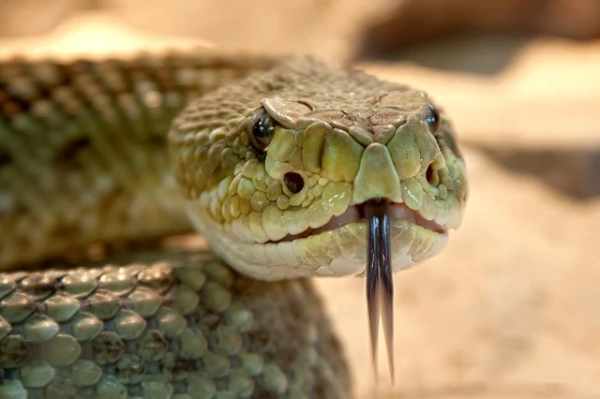Vermont is home to a variety of dangerous animals. Also, this place is blessed to have an abundance of wildlife, including bears, moose, coyotes and many others. While the chance of being attacked by one of these animals is relatively low, it is still important to be aware of their presence and take precautions when hiking or camping in their habitats. In this article, we will talk about the most dangerous animals in Vermont.
Table of Contents
Moose
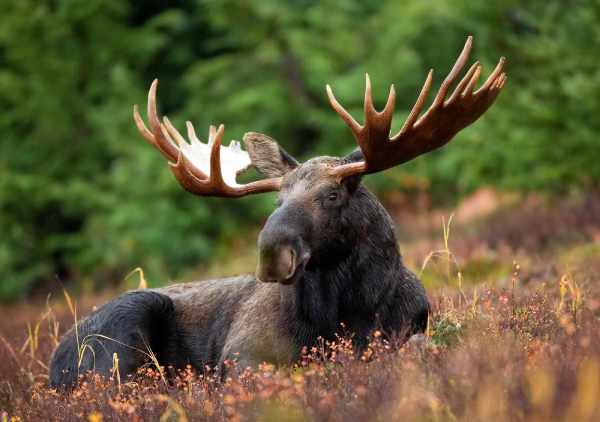
Moose are one of the most recognizable animals in North America with large sizes and impressive sets of antlers. These massive creatures can weigh up to 1,500 pounds and their antlers can grow tremendously, up to a half-inch per day.
Moose also have long hind feet that reach almost up to their shoulders, which helps them to walk swiftly through various obstacles and even deep snow. In addition to being excellent walkers, moose are also excellent swimmers and can dive 18 feet underwater in search of food.
Unlike many other animals, moose do not migrate but instead change their habitat depending on the season. In summer, they prefer to live near water and feed on aquatic plants, as these plants are rich in phosphorus, calcium, and sodium—minerals that are essential for building strong bones, muscles, and antlers. However, in winter moose become browsers and eat mostly leaves, twigs, and buds. While moose are generally peaceful animals, they can be dangerous to humans if they feel threatened.
Black Bear

The black bear is one dangerous animal that can be found in Vermont. These bears are shy by nature and are rarely seen by people. They prefer to live in areas where there is the less human presence and usually stay away from areas occupied by humans. However, they are attracted to garbage cans and bird feeders looking for food. This can create a difficult situation for local residents, especially when food is scarce. Black bears prefer to live near hardwoods, wetlands, and conifers in varying terrain.
This provides them with dense cover to escape danger and also gives them access to plenty of water. These omnivores are also opportunistic animals and will eat insects and seeds as their primary source of food. Early spring may be the toughest season for their survival. dangerous animals in Vermont, black bears can be dangerous if they’re feeling threatened or if you come between a mother and her cubs.
If you see a black bear, make sure to give it space and don’t approach it. It’s best to avoid them altogether if possible. dangerous animals in Vermont, While they may not be aggressive, it’s still best to be aware of their presence and take precautions when travelling in areas where they are known to live.
Black-Legged Ticks
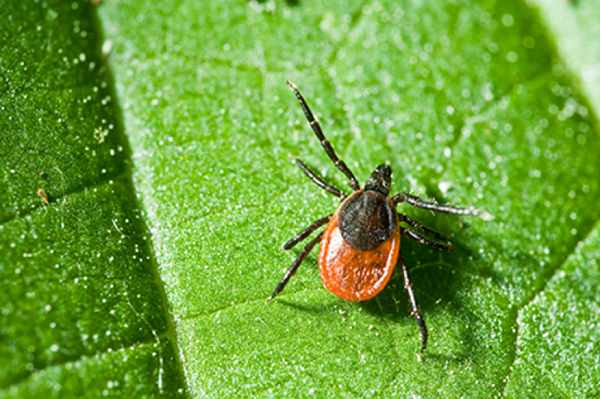
Black-Legged Ticks are a type of tick that is found in wooded areas and thick grassland. There are many species of Black-Legged Tick, including the white-footed mouse and deer mouse. Black-Legged Ticks are known to cause diseases like Lyme disease, anaplasmosis, babesiosis, Powassan virus disease, and Borrelia miyamotoi disease. These diseases can be dangerous to humans, especially when the temperature is above freezing point.
Black-Legged Ticks are most active during the spring season, from May to June. However, they can also be involved in September and October. Adult female ticks look for another host in October and November. The Black-Legged Tick can be a dangerous pest to humans and animals alike.
Coyote
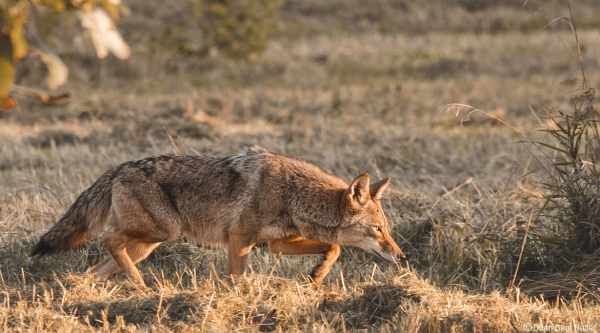
Coyotes are also known as brush wolves and are members of the Canis genus, which includes dogs, dingos, jackals, and wolves. The coyote closely resembles the wolf, with its floppy tail and yellow eyes. However, coyotes have soft fur on their undersides and longer, stiffer hairs on their outer body. Their coat can be yellow-brown, grey, or brown, with a white patch on their throat and stomach.
Coyotes typically weigh between 20 and 50 pounds. Unlike other canines, coyotes are not packed animals. Instead, they live in pairs or alone. This allows them to hunt effectively both alone and in groups. While coyotes are generally not dangerous to humans, they can be a threat to livestock. Therefore some farmers view them as pests. However, others appreciate the role that coyotes play in keeping rodent populations under control. Also their hunting skills, coyotes are also proficient swimmers and climbers. Their versatility makes them well-suited to life in North America’s diverse landscapes.
Mountain Lions
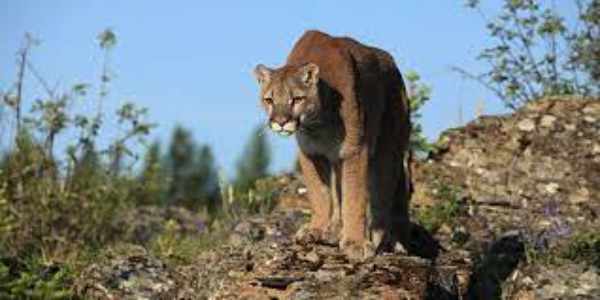
While it is true that mountain lions are not found east of the Mississippi River, that does not mean they are not dangerous animals. In fact, mountain lions are considered to be one of the most dangerous animals in North America. They are known to attack humans and animals, and their powerful claws and teeth can cause serious injury or even death. In addition, mountain lions are excellent climbers and can jump up to 20 feet high, making them very difficult to escape from if they decide to attack.
Bees
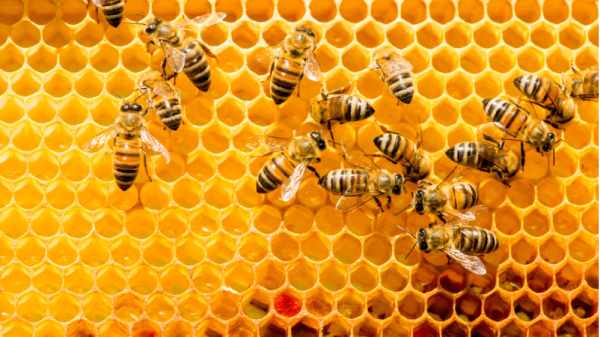
Vermont is well-known for its maple syrup. However, what many people don’t realize is that bees are also attracted to syrup. While bees are not typically known for their sweet tooth, the nectar in maple syrup can help them to produce more honey. Additionally, the syrup provides a valuable source of energy for bees during the winter months. As a result, beekeepers in Vermont often use maple syrup to bait their hives.
While most bees are harmless, there are some species, such as hornets and wasps, that can be dangerous. Bees, wasps, and hornets were responsible for 1,109 deaths in the United States between 2000 and 2019, per data from the Centers for Disease Control and Prevention. Persons with bee allergies are at risk for anaphylactic shock, respiratory failure, and death if they do not receive rapid medical attention.
What Dangerous Venomous Animals Live In Vermont?
Rattlesnakes
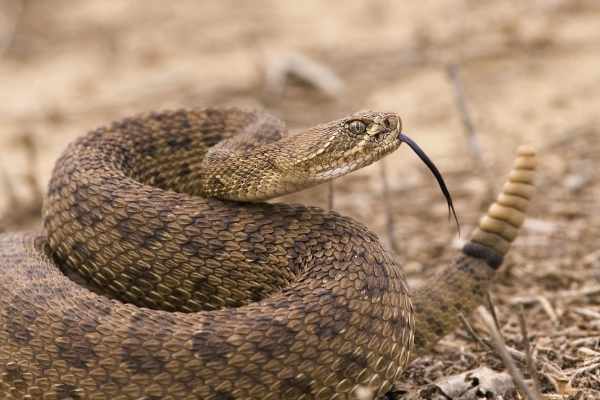
Rattlesnakes are one of the most feared animals in North America. These dangerous predators can inflict serious injuries, and even death, with their powerful venom. However, despite their reputation, rattlesnakes are actually quite rarely found. In fact, there is only one species of rattlesnake that can be found in Vermont: the timber rattlesnake. Timber rattlesnakes are largely found in the Rutland County area, and there are an estimated 7000-8000 cases per year. While these snakes can be dangerous, they are not typically aggressive If a snake bites you, you should go to the hospital right away.
Spiders
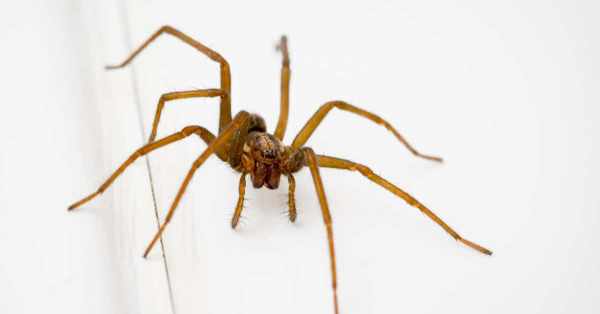
People are often afraid of spiders because they can bite. However, most spider species are not dangerous to humans. In fact, only two of the more than 4000 spider species in Vermont are dangerous to people: black widows and brown recluse spiders. Even though these spider bites can cause serious health problems, they don’t happen very often. In the last 15 years, no one in Vermont has been bitten by a black widow spider, and brown recluse spiders don’t live there at all.
Scorpions

Scorpions are dangerous predators that live everywhere except Antarctica. Most of the time, they hunt for food at night because they are nocturnal. Most scorpions are not dangerous to people, but a few species can hurt you with their sting. The most poisonous scorpion in the United States is the Arizona bark scorpion, but there are none in Vermont. A pseudoscorpion might be what you see if you see something that looks like a scorpion. They are related to scorpions, but they don’t have poison. Also, they are very small, measuring only about 15 of an inch. So, pseudoscorpions are not the most dangerous animals in Vermont!
FAQs
Are there predators in Vermont?
Wolf, mountain lion, bobcat, fox, and black bear predators changed Vermont’s wildlife.
Are there any poisonous animals in Vermont?
The Timber Rattlesnake
What is the number 1 dangerous animal?
Saltwater Crocodile
What big cats live in Vermont?
The eastern bobcat (Lynx rufus rufus) and the Canada lynx (Lynx canadensis Canadensis).
Do we have water moccasins in Vermont?
No
References:
https://original.newsbreak.com/@just-go-561158/2338441153830-5-most-dangerous-animals-in-vermont
https://legislature.vermont.gov/Documents/2018/WorkGroups/Senate%20Natural%20Resources/Bills/H.636/H.636~Louis%20Porter~Testimony-%20Coyote%20Report~4-20-2018.pdf

Zahra Makda
Growing up enjoying the beauty of my village, a good passion for nature developed in me from childhood. Following my passion for the natural world, I have chosen zoology for my graduation, during my undergraduate degree, I participated in many nature trails, bird watching, rescues, training for wildlife conservation, workshop, and seminars on biodiversity. I have a keen interest in invertebrate biology, herpetology, and ornithology. Primary interests include studies on taxonomy, ecology, habitat and behavior.

